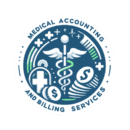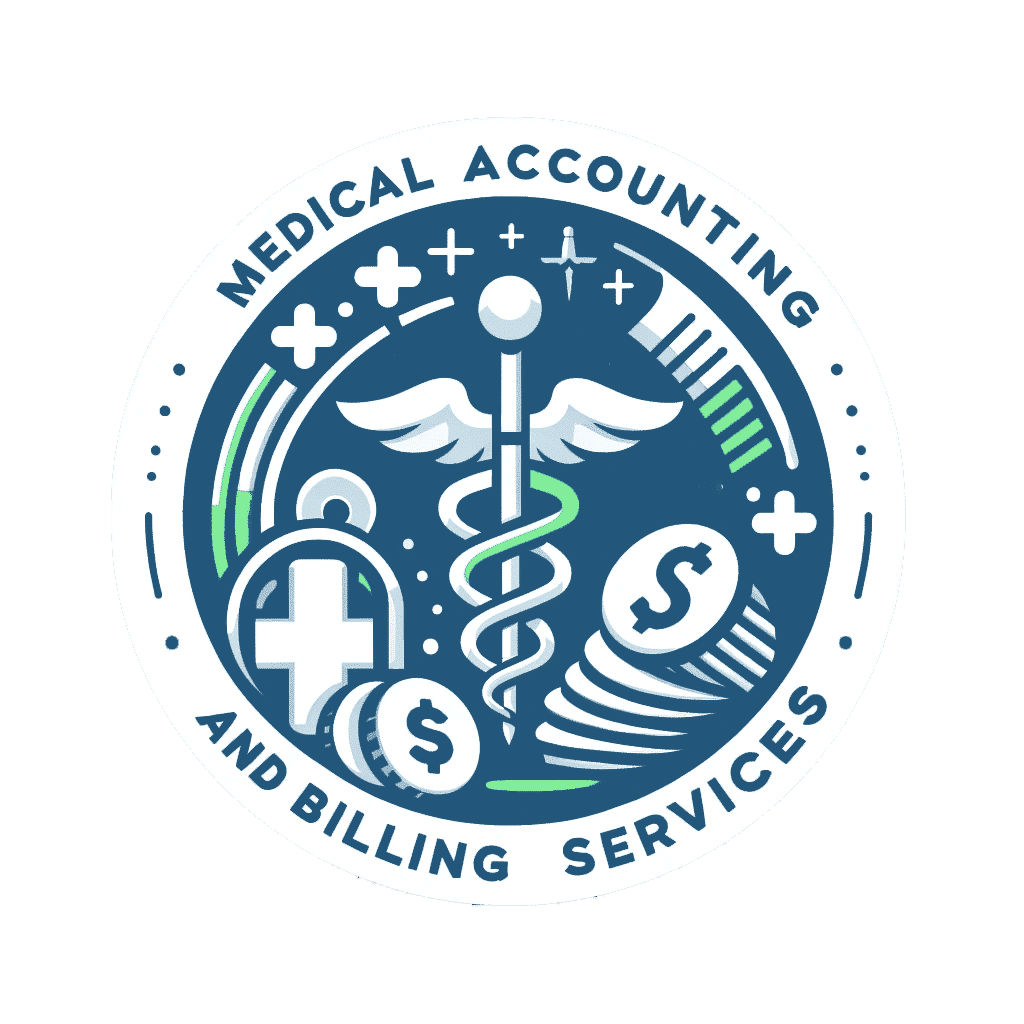
Running a successful practice isn’t just about patient care it’s also about getting paid on time. Effective revenue cycle management helps make sure your claims are clean, your payments are timely, and nothing slips through the cracks. In this post, we’re breaking down simple, proven ways to improve your billing workflow and boost your bottom line without the stress.
Are you losing sleep over unpaid claims? Struggling to navigate the labyrinth of medical billing? Wondering how to optimize your revenue cycle management?
Effective revenue cycle management (RCM) is the backbone of a successful healthcare practice. It involves the identification, collection, and management of patient service revenue. In simple terms, it’s the process of ensuring you get paid for the services you provide. However, it’s far from simple. With ever-changing regulations, claim denials, and coding errors, it’s like trying to solve a Rubik’s cube blindfolded.
Understanding the Revenue Cycle
The revenue cycle can be broken down into several stages: patient pre-registration, registration, charge capture, claim submission, remittance processing, third-party follow-up, and patient collections. Each stage represents a potential pitfall where money can slip through the cracks. But don’t fret. Like a skilled magician, once you know the tricks, it becomes a lot easier.
Top Secrets for Effective RCM. Now, let’s dive into the secrets of effective revenue cycle management:
Accurate Patient Registration: The first step in the revenue cycle is patient registration. It’s like setting the stage for a play. If you get it wrong, the entire show could be a disaster. Make sure to verify patient information and insurance eligibility upfront to avoid claim denials down the road.
Efficient Claim Submission: Think of this as shooting your shot. If you don’t aim correctly, you’ll miss the target. Claims should be submitted accurately and promptly. Regular audits can help identify common errors and streamline the process.
Proactive Denial Management: Receiving a claim denial is like getting a pie in the face. It’s messy and unpleasant. However, with proactive denial management, you can reduce the number of pies coming your way. Analyze denial patterns, understand the reasons, and take corrective action.
Effective Patient Collections: This is the final act of your revenue cycle performance. It’s crucial to have clear financial policies and communicate them effectively to patients. Offer multiple payment options to make it easier for patients to settle their accounts.These secrets can help you streamline your revenue cycle management, improve cash flow, and reduce stress. After all, who wouldn’t want to swap a labyrinth for a walk in the park?
Embrace Technology
While you could manage your revenue cycle with a paper and pen, it’s about as efficient as using a horse and buggy in the age of electric cars. Technology can automate processes, reduce errors, and provide valuable insights. It’s like having a personal assistant who never sleeps (and doesn’t require coffee).
Wrapping up, effective revenue cycle management is not just about getting paid. It’s about creating a smooth, efficient process that allows you to focus on what you do best – providing excellent patient care. So, take these secrets, apply them, and transform your revenue cycle from a maze into a well-oiled machine.


